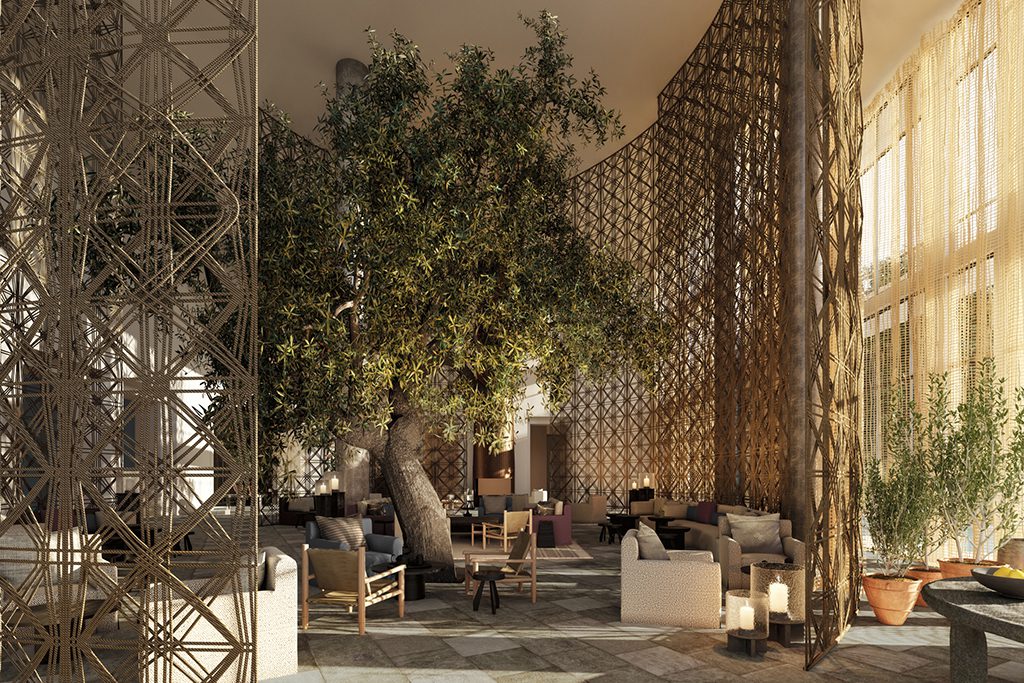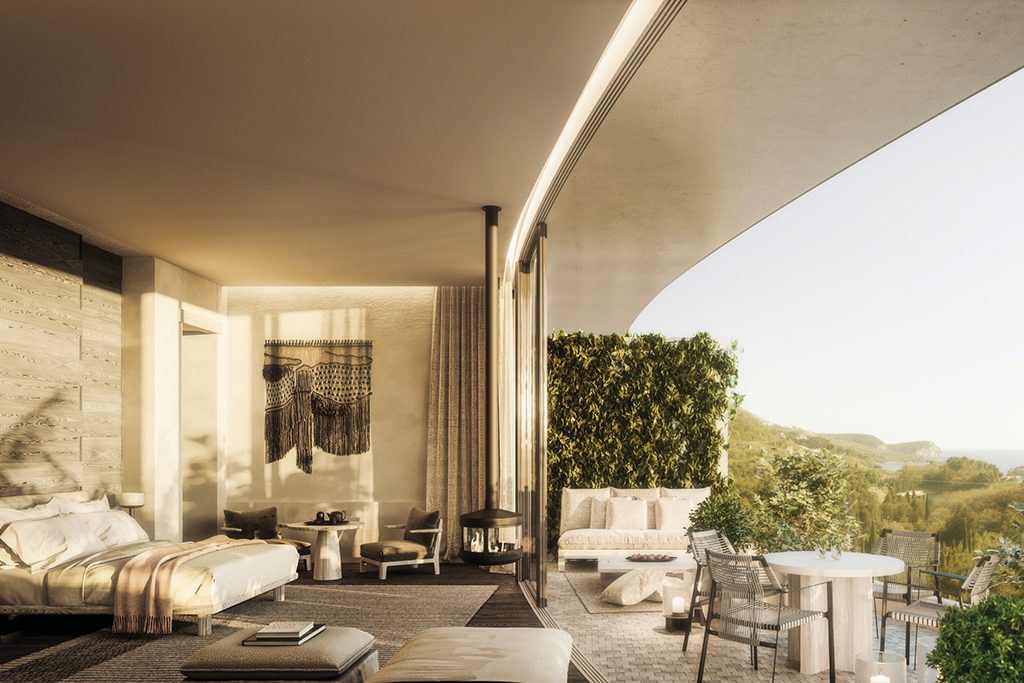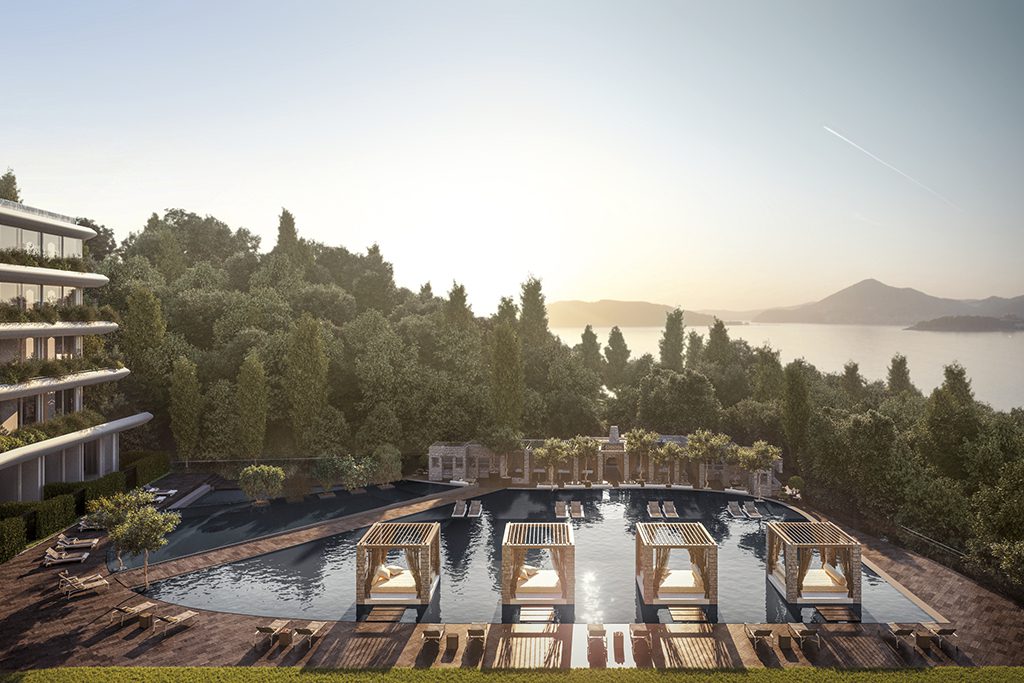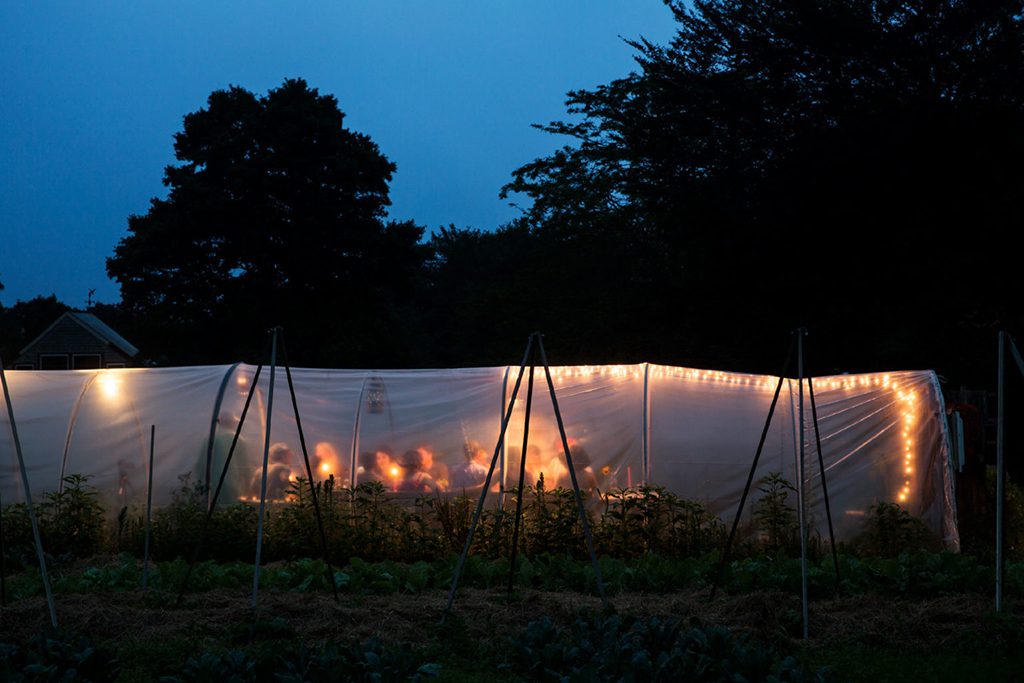Skift Take
Aman launches a new sister brand. The opportunity? To give creative class travelers more connected and social experiences while in the familiar aesthetic considerations (and a lower price point) of the elder sister brand Aman. Right now it's all theoretical, but the rationale is rock solid.

On Experience
Colin Nagy, a marketing strategist, writes this opinion column for Skift on hospitality and business travel. On Experience dissects customer-centric experiences and innovation across the luxury sector, hotels, aviation, and beyond. He also covers the convergence of conservation and hospitality.
You can read all of his writing here.
The ultra-luxury hospitality brand Aman Resorts on Tuesday announced a sister brand, Janu, named after the word “soul” in Sanskrit.
The newly launched brand will differ from Aman overall with more emphasis on social elements, connectedness, and community. Janu properties will have larger room counts and a lower, but still premium, price of entry.
Switzerland-based Aman was launched in 1988 by entrepreneur and hotelier Adrian Zecha, who built one property at at time with an unyielding vision: superb design in far-flung locales with a discrete emphasis on guest privacy and service. The brand generated gushing word-of-mouth and spawned a legion of self-described “Amanjunkies” — affluent global citizens who prioritized wellness, seclusion, balance, and the clean lines and beautiful zen spaces in locales like Sri Lanka, Thailand, India, and beyond. Zecha sold the company in 2014 and now Aman Chairman and CEO Vladislav Doronin is the sole owner.
Janu will launch with three hotels that are already under construction and in places that have existing Aman footprints: Montenegro (2022), Al Ula in Saudi Arabia (2022), where Aman recently announced other properties, and Tokyo (2022), as well as a pipeline of five other future properties where there aren’t existing Aman properties. Janu Montenegro will be the first hotel to incorporate the brand’s serviced residence concept.
The new brand seeks to address, in the words of Doronin, “white space in the market … with the aim of kick-starting human interaction again.”
But with every hospitality brand under the sun running after experiences and community, how will this differ?
For starters, it’s a clear and strategic open space from a brand that has become a byword for luxury. Aman executives told me that it’s intended to be a much more social and connected experience than one would typically expect in an Aman stay, which is renowned for untouched, remote locations, highly attentive service, large, private villas, and plenty of personal space. Aman is the type of place people go to find respite and solitude from the daily grind — as the brand calls it, “a place of peace.”
In contrast, according to internal brand strategy documents, Janu’s values are “ever-evolving, more playful, and experimental,” with more vivacious touches than Aman.
‘Social Wellness’
Janu will seek to address the digitally harried, well-heeled creative class; it will offer guests more opportunities to meet other travelers and will have an emphasis on what the company is calling social wellness. The brand is seeking to capitalize on the movement toward group-focused classes in fitness culture, akin to the high-octane social energy of activities similar to Soul Cycle, as well as property-specific offerings like budo, modern Japanese martial arts, along with more gentle group yoga offerings. In addition, the public spaces “will be designed in a way that will encourage connectedness between guests.”
Anna Nash, chief communications officer of Aman, stated in an email, “We have found that one of the most rewarding things you can get from travel is actually meeting people. That does happen in an Aman, but if you look at our resorts, we are not necessarily built for that — think stand-alone pavilions, private pools, etc. You go to an Aman to hide away — and to connect with the culture and local community.”
Janu seeks to carve out something that creative class travelers want today: beautiful design and refined service touches, but not the feeling of isolation. Roland Fasel, chief operating officer of Aman, said that the commonalities between the two brands will be the “commitment to the guest and service,” but they differ in that the idea that “spirituality and growth don’t have to be solitary.”
Janu will offer opportunities for more intermingling between guests, knowledge, and co-learning. The brand cites examples as teaching about the health benefits of low-temperature cooking or the taste and body benefits of fermentation. Janu will focus on creating more convivial dining experiences through open kitchens and lively countertop displays and discussions. This emphasis on learning is something that I’ve written about in previous columns as a new form of social currency that hotels are adapting. For a high-end audience, if you can introduce them to people or new things, there is a value associated with it. Fasel told me the new brand will “honor the DNA of the elder sister, Aman, with elements of light, openness, and water.
When asked if the new brand was going to be more city-centric and could supplant Aman’s move into more urban areas, Fasel responded that Janu would operate separately and “have no effect on Aman’s strategy.” The two will operate independently but be connected via a few spiritual and aesthetic through lines.
When pushed if a Saudi-rooted property (as opposed to say, the property in Tokyo), could be super-social and connected as the brand strategy and positioning language indicated, Fasel conceded that it’s up to the guest, suggesting that interactions aren’t forced and the guests can “engage at the levels they feel comfortable with.” Indeed, some social norms and ingrained operating systems will be hard to rewire in short periods. But in the case of Tokyo, it seems natural and a well-considered idea.
The new properties will be larger than the typical Aman footprint and be within established buildings and not purpose-built structures, allowing a more scalable plan that’s relatively easier to execute, as opposed to the handcrafted feel of Aman properties, which require rarified land, hypercompetitive locations, and the intangible elements that go into site selection. Fasel mentioned that the new properties will be “larger, around 120 keys,” and at a price point of around 70 percent of what you’d pay at an Aman property. A brand representative emailed that the competitive set in terms of price would be that of a Rosewood or Mandarin Oriental.

The design of Janu Montenegro’s lobby encourages social interactions and connectedness between guests. Photo: Aman Resorts
When asked about the challenges of spinning up a new brand underneath a brand that is legendary for service in a tight labor market, Fasel said the company is working on a training academy to operate on properties such as the Amanpuri or Amanjena in the offseason. It will train the next wave of hoteliers to service both brands, one of the few places where the brands will be cross-pollinated. Nash told me, “Aman has always prided itself on its unparalleled service, and we feel we can roll this out, top-down, from the company to support both brands. We can certainly see teams switching roles between the two different brands as their career progresses.”
[UPDATE:] This article was updated to reflect that Adrian Zecha sold the company in 2014 and now Aman Chairman and CEO Vladislav Doronin is the sole owner.
Have a confidential tip for Skift? Get in touch
Tags: aman, luxury, On Experience, wellness
Photo credit: A guest room at Janu Montenegro. Aman Resorts today announced its launch of Janu, a community-focused luxury brand. Aman Resorts


